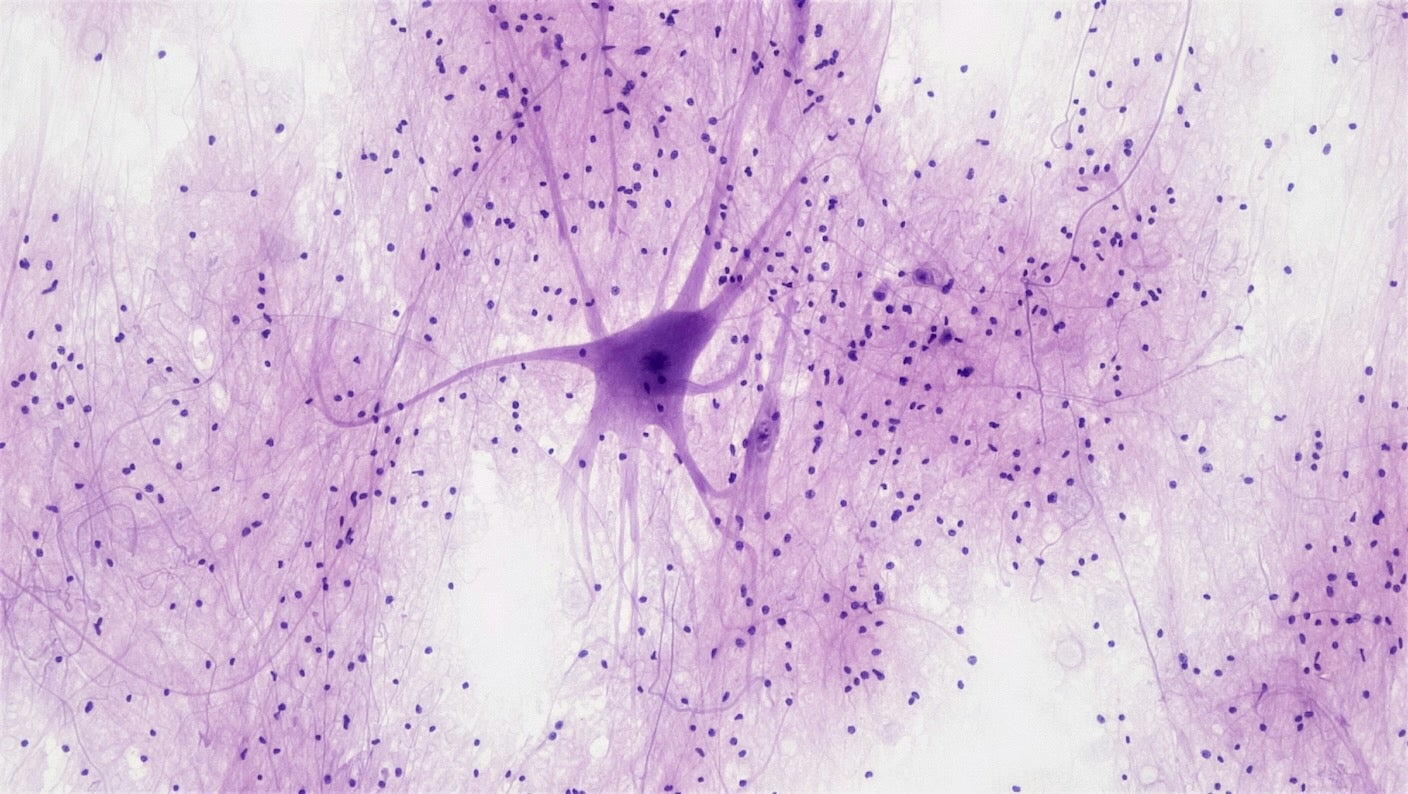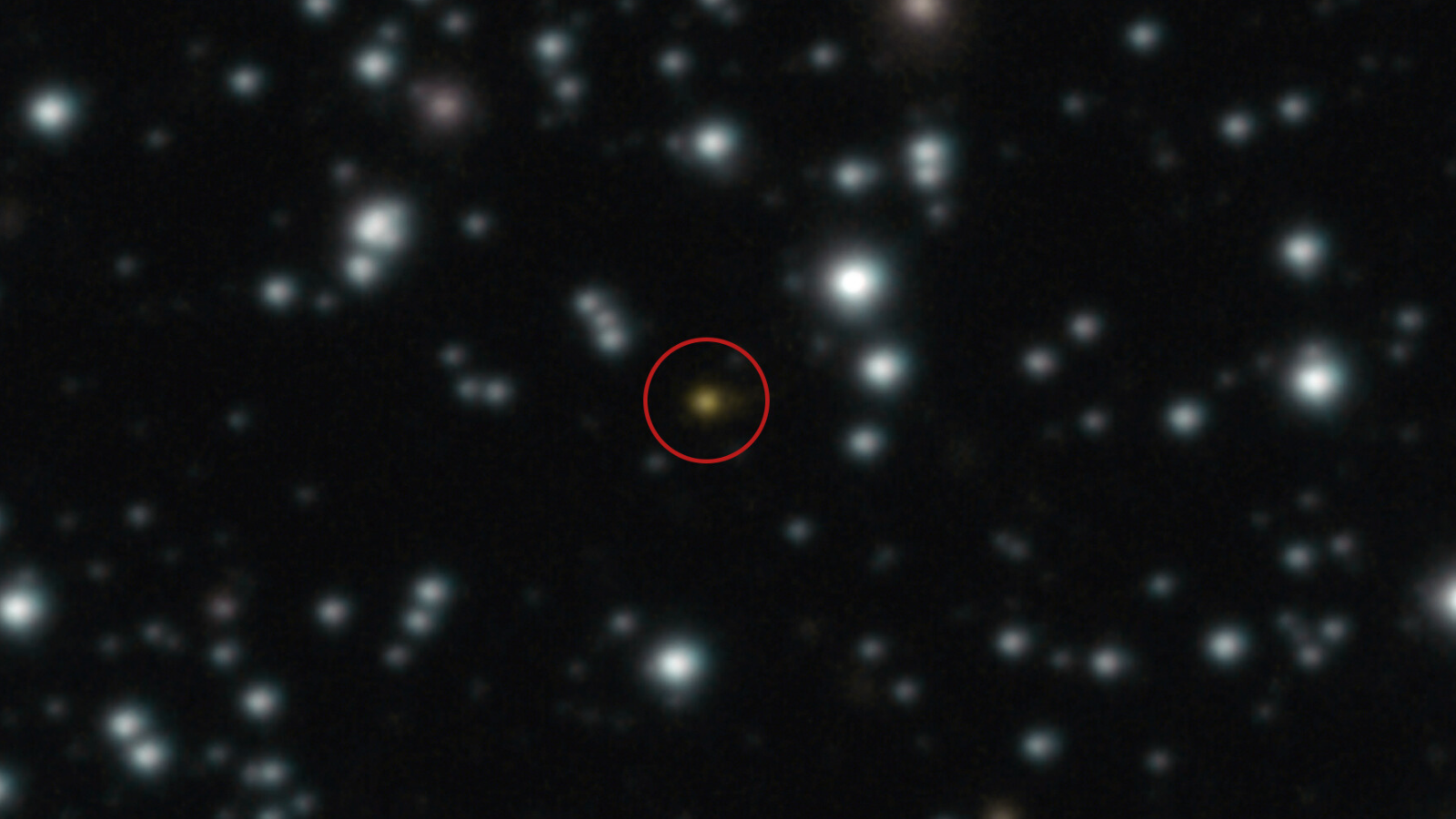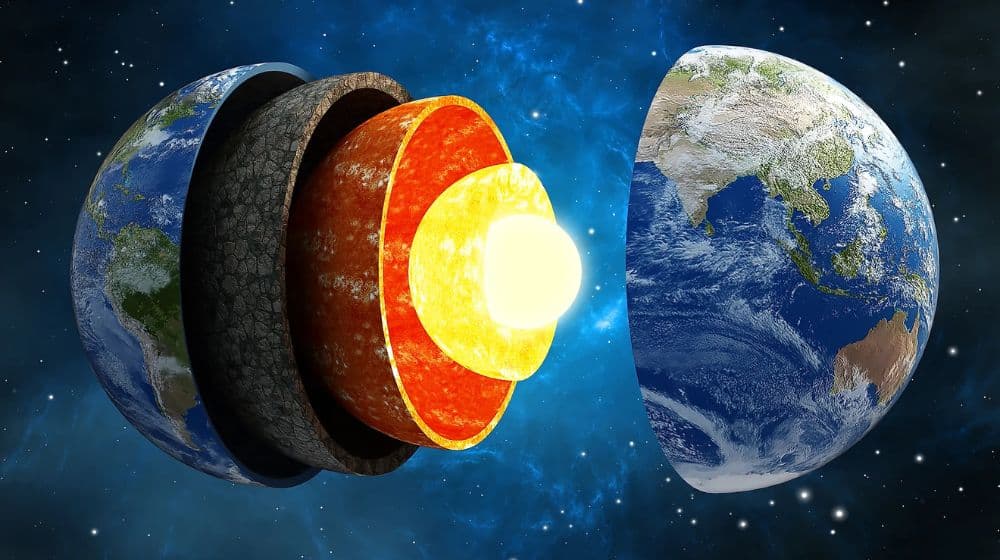Loughborough University's Nanolithography Breakthrough: Designing the Future of Materials

In a remarkable advancement for materials science, Professor Kelly Morrison, the Head of the Physics Department at Loughborough University, has unveiled an innovative nanolithography system. This state-of-the-art technology opens up new avenues for experimenting with materials by allowing scientists to probe their responses to various stimuli such as light, magnetism, and electricity. “Our nanolithography system allows us to design experiments that probe materials in different ways—using light, magnetism, or electricity—and observe their responses,” Professor Morrison explained. This comprehensive understanding of material behavior is crucial, as it paves the way for applying such knowledge to the development of groundbreaking technologies. Morrison emphasized the potential applications of this research, highlighting its significance in enhancing computing efficiency and discovering novel methods for energy harvesting.
Unveiling the Creation Process
Intrigued by how such a tiny yet powerful device was created? The journey begins with Loughborough University’s advanced nanolithography system, which employs a technique known as thermal scanning probe lithography. This sophisticated method is known for its precision, using a heated, pinpoint tip to engrave minute nanoscale designs onto semiconductor chips.
The process kicks off with the preparation of a small chip, which is coated with two layers of a gel-like resist material. This resist is crucial as it allows for the creation of intricate designs, resembling that of a violin in this instance. Once the chip is prepared, the colossal NanoFrazor machine takes center stage, utilizing its finely calibrated heated tip to etch the violin pattern onto the upper layer of the chip. The tip operates at temperatures ranging from 75°F to an astonishing 2012°F, ensuring accuracy while maintaining the integrity of the materials being worked on.
This innovative approach not only showcases the technical prowess of Loughborough University’s engineering faculty but also signifies a potential shift in how future technologies can be developed and refined. As the team continues to explore the capabilities of the nanolithography system, the implications for various industries, from computing to energy production, remain promising.


























